As you are beginning to prep for the school year whether in a classroom or homeschooling, I wanted to share my favorite go-to resources I use year after year to make literacy lessons, small group lessons and planning go a little smoother. Five of these are resources I have created and have available. Five are something I have purchased and use year after year.
Just click on any of the resource’s name and it will take you right to it.
1. Word Lists for Phonics Skill
I absolutely still use this out of the classroom! It has word lists broken down by phonics skills. Then within each list, I have words further broken down by length to help differentiate. The words are also tested so you never have to end up with a word that doesn’t truly match a phonics skills or spelling. All these words come with a note to share why they don’t.
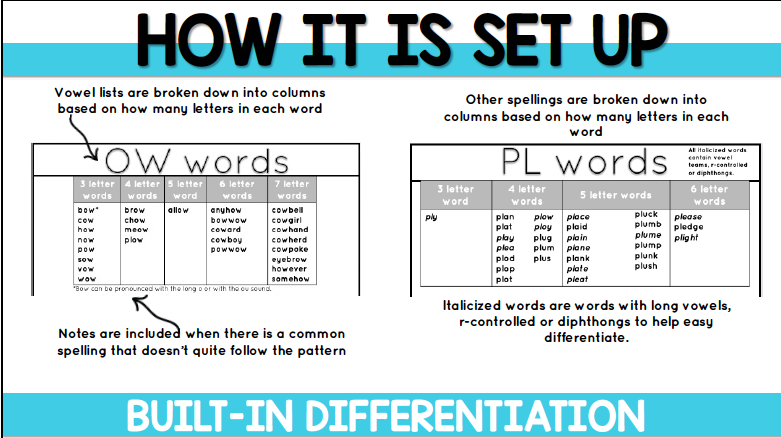
If you want a look at it, I have a Short I freebie you can check out it here.
I also have a VCCV word list as a freebie you can check out here.
2. Decode & Find Games
I love to use these to give students more practice decoding words. It can be an independent task, works great as partner work, or for a decoding activity small group time. Often I would use these for decoding practice with our weekly phonics skill lessons. I really like that students can set the goal of how many real and nonsense words to find. Through the years, I often found students do more than the goals I set.

These games come in so many versions from CVC words to diphthongs and r-controlled vowels. You can check them out here.
3. See, Match Move Movement Games
These are great to use to add movement to lessons. I like to use these within a lesson to help practice applying phonics skills or differentiating between two sounds or spellings. These come in printable and digital versions. So you can add slides to your lessons whether in the classroom or tutoring. The printable versions are best used in small groups to play as a game. They come in versions from rhyming, beginning sounds, ending sounds, and short vowel sounds. Working on adding more in the future.
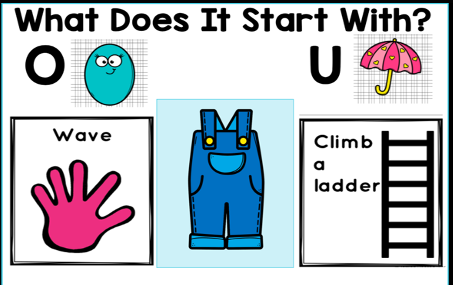
There is a free digital syllable game to check out here if you haven’t yet.
4. Beginning Sound Sorts- Editable
I was always frustrated when I first started teaching kindergarten to come up with sound sorts my students actually needed for further practice. I created these that focus on consonant sounds. There are over 60 premade sorts (printable & digital) ranging from 2-5 sounds. There are also editable sorts where you can pick the sounds your students need to practice and pictures to add to the sorts too.
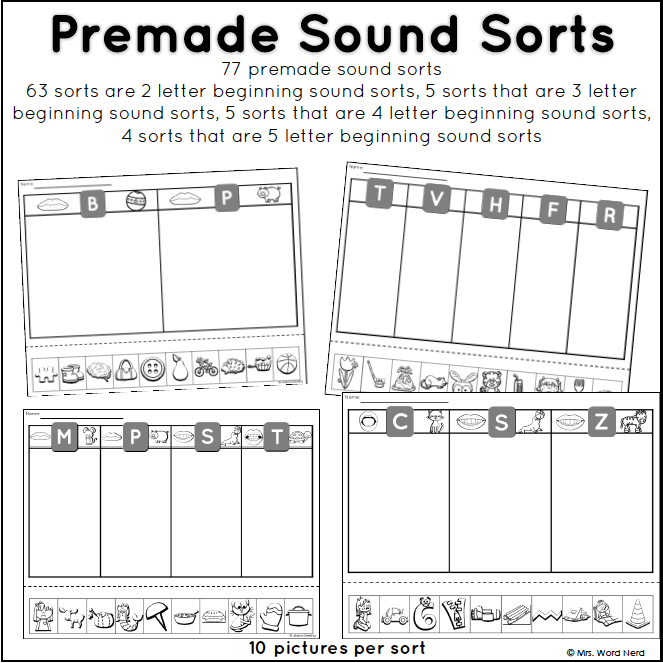
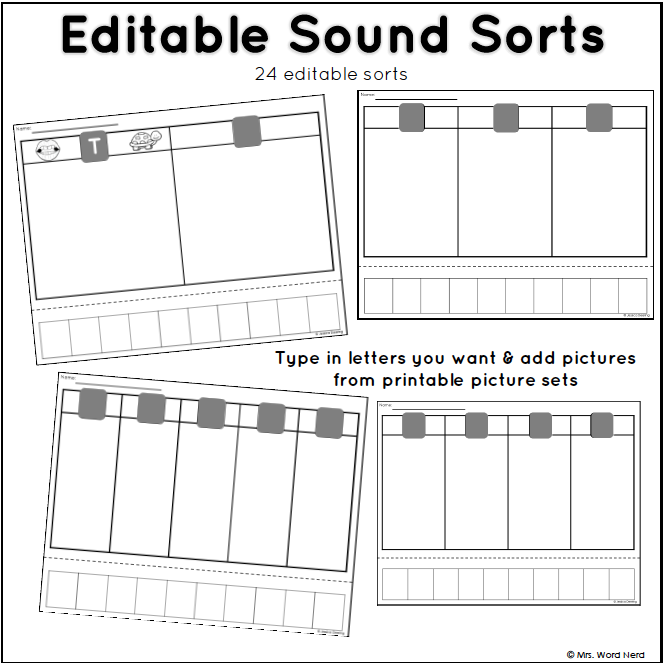
Great to use all throughout kindergarten and at beginning of first grade for those students who need more practice and review.
5. Phoneme Segmenting Game
Love using these print and play game to practice segmenting in kindergarten. The games are organized by vowels – long and short. I started using these in first grade as well for encoding practice as they do come with recording sheets.
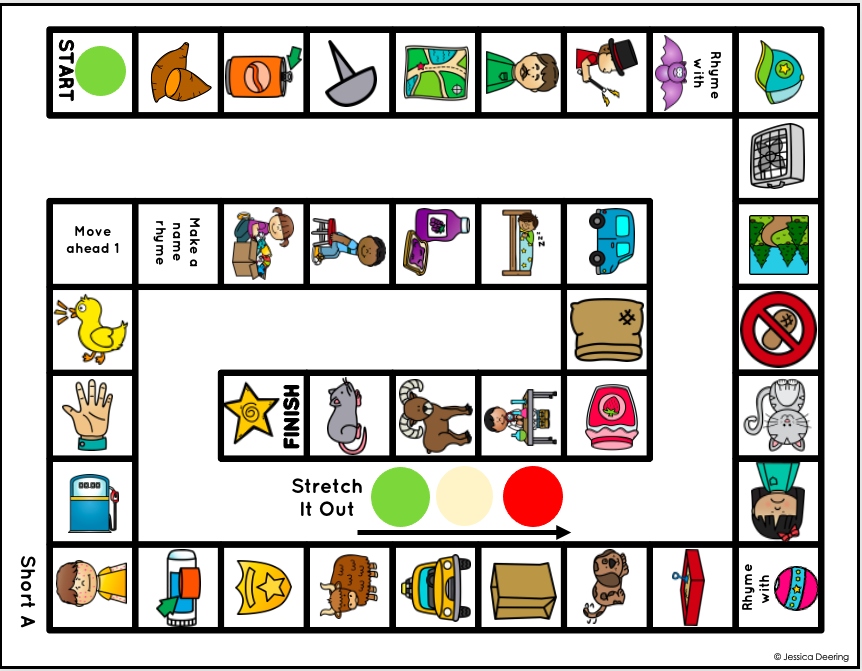
They are also a fun way to give extra practice hearing short vowels sounds and tally the sounds you hear or having students write based on what pictures they land on. Lots of possibilities with these which is why I love to have them on hand.
Some of My Favorite Purchases
1. Anything by Emily Gibbons- The Literacy Nest
She really has it all and is a go-to when I need something. Emily is a certified Orton Gillingham Practitioner and her resources are fabulous to use especially if you need research-based resources. I love her Multi-sensory packs she has for phonics skills. They are easy-to-use centers and activities to add to what you already have.
2. Sarah Paul’s- Literacy Centers
When teaching virtually, these were my go-to for activities and practice for my students. I love how she has same activity with different skills each month. Her Visualize and Read come in different reading abilities and are great for small groups or independent reading. Her writing centers are ones I would go to again and again even when I was back in the classroom. All of her resources are well done and align to structured literacy. You can’t go wrong with any of them.
3. IMSE Blending Boards
A totally free resource you can edit and make it work for what you are teaching. They come in a range of backgrounds so you can easily mix it up and keep it engaging. I used these almost daily in my whole group lessons.
4. Short E and Short I- The Dyslexia Classroom
Some students really struggle with differentiating between these two vowels. I love this resource Casey created. The poster and saying she has is totally worth it plus the activities. Definitely check it out if you have students who struggle. Casey is also certified in Orton Gillingham and Language Therapist. You can’t go wrong with anything she has either.
5. Amy Lemons- Rooted in Reading
I never had good classroom read-alouds with the curriculum I had to teach, so I would fill in days or weeks with books from these resources. I would also work them into those shorter weeks or weeks near holidays. I love they work in writing into comprehension, all the questions included, vocabulary activities, writing and grammar. I would often use their grammar posters and activities to add to what skill I was teaching. There are phonics too, but have never used them much. I will say these might not be completely aligned to structured literacy in some aspects but most of the activities were great additional resources. I really like the wealth of the books used for read-alouds and how a nonfiction selection tied into them all.
Hopefully one or more of these resources you have found helpful to your teaching.

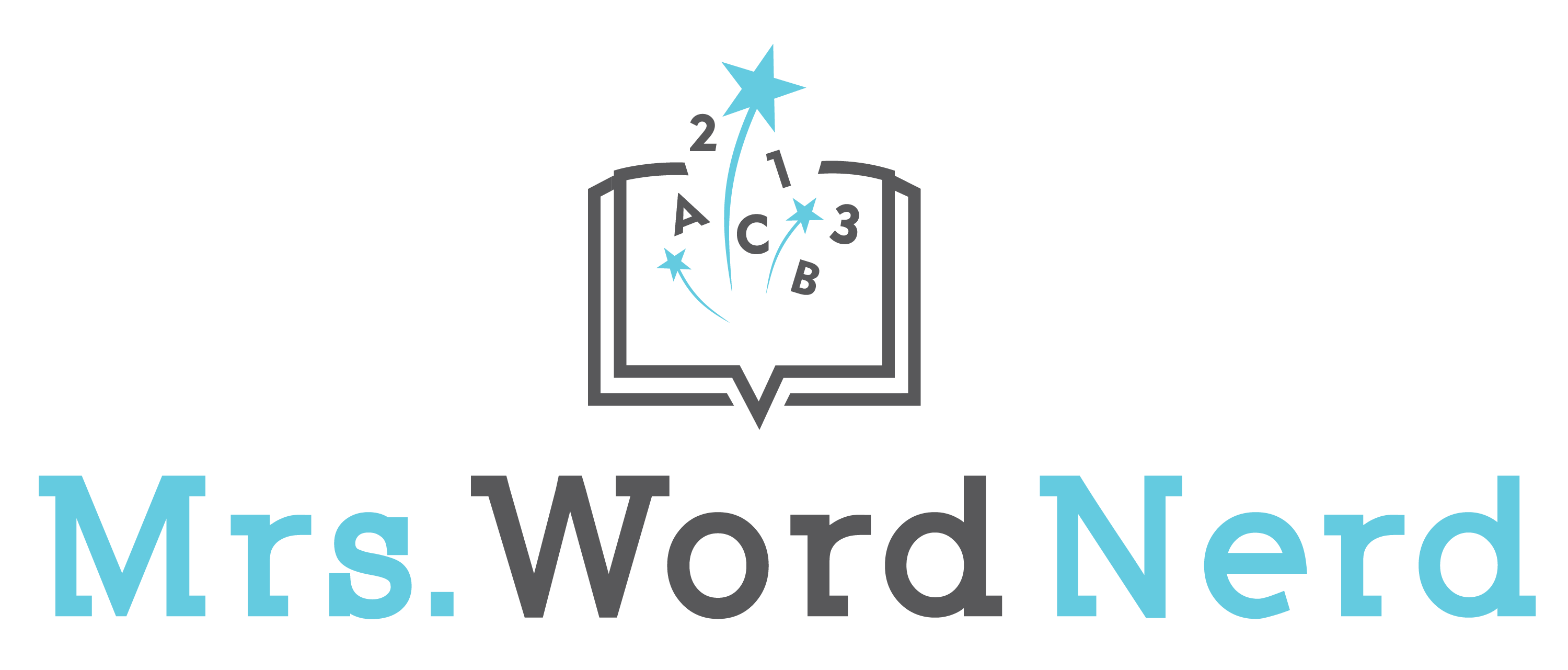
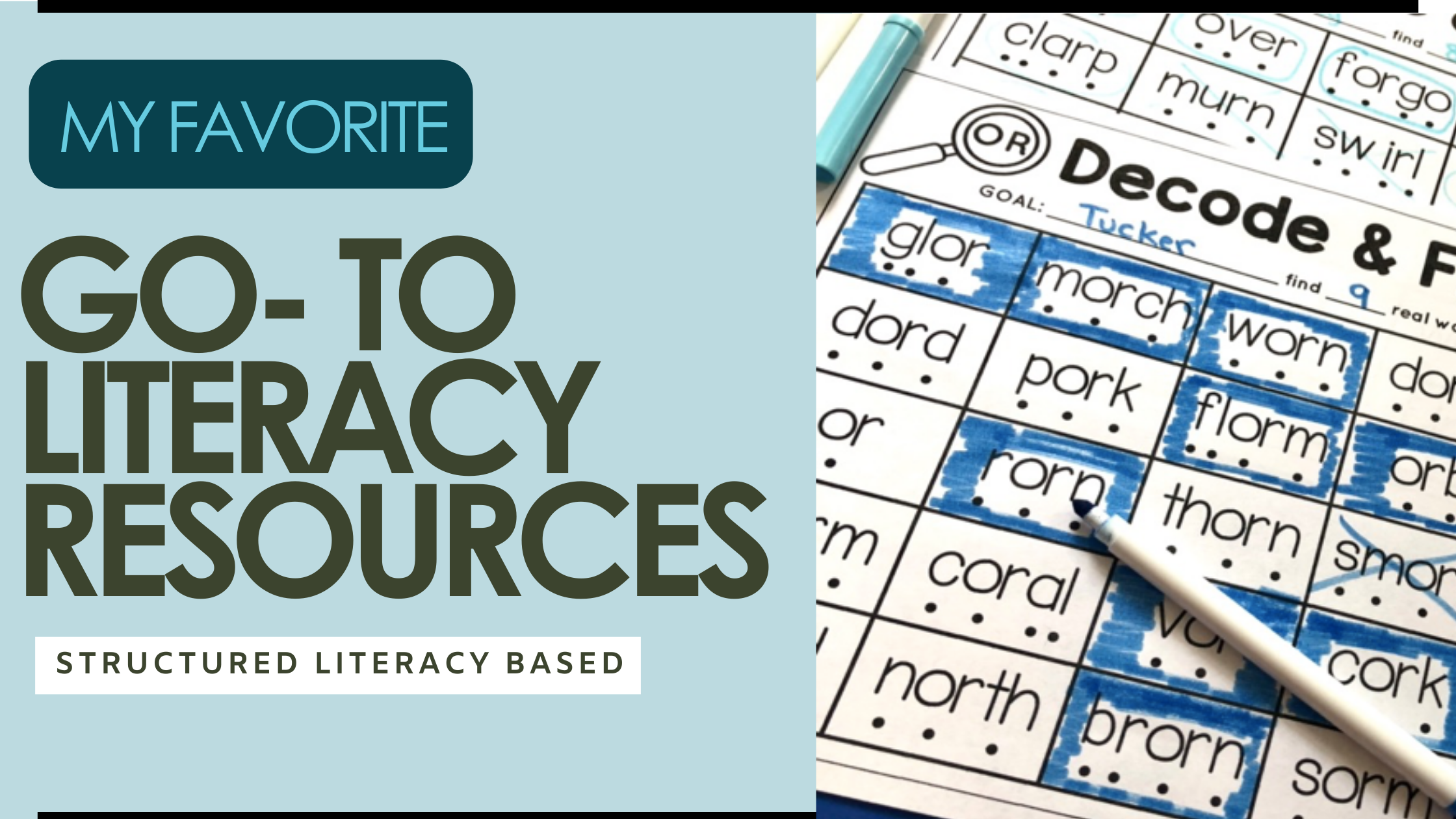
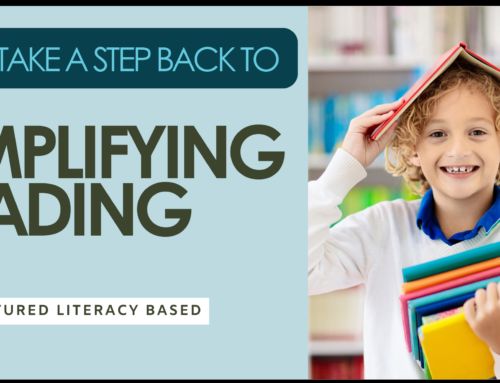

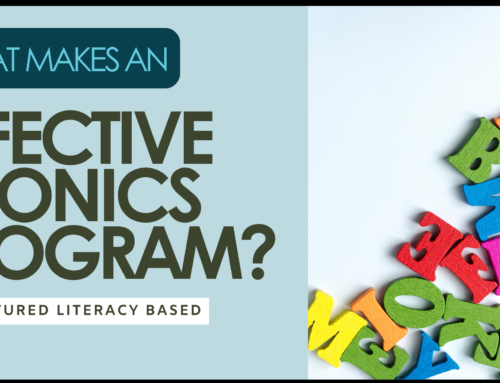
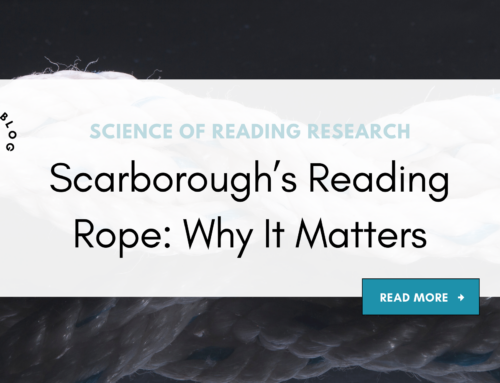
Leave A Comment